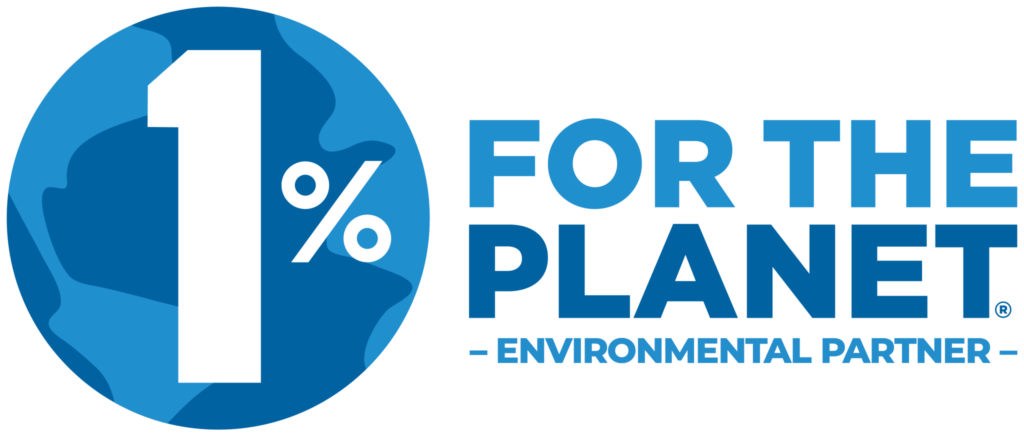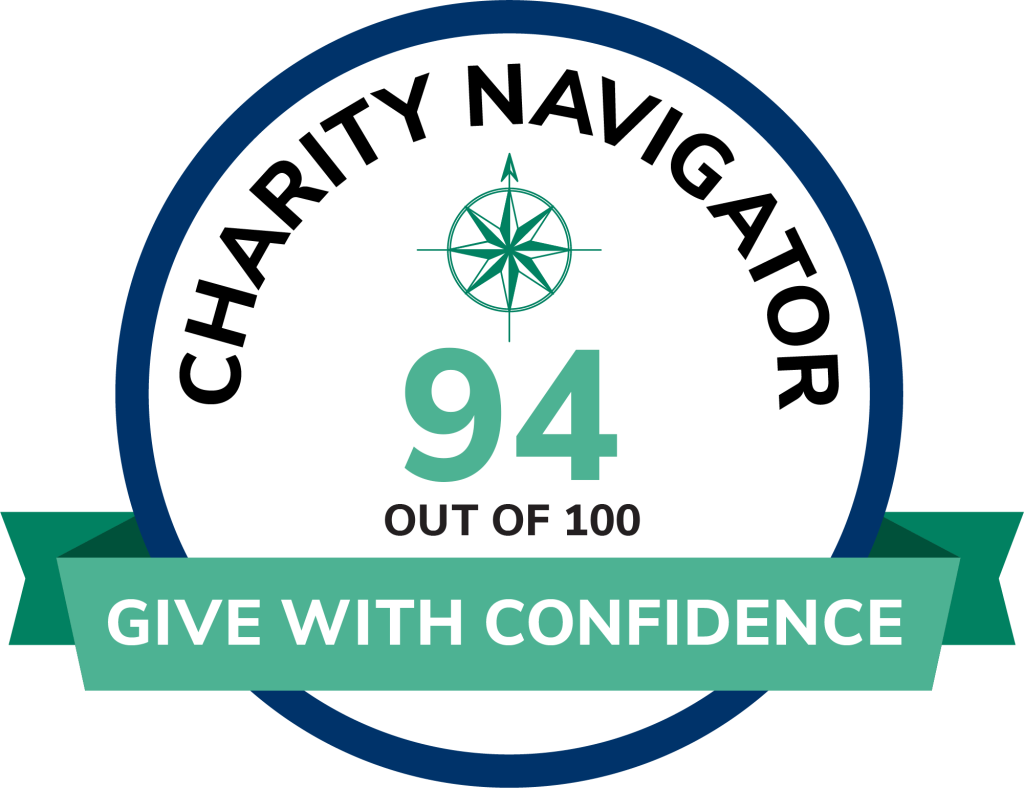North Carolina Children’s Environmental Health
kristiet_a0o04rjz
on
March 9, 2022
North Carolina Children’s Environmental Health Profile
Did you know 13.9% of children under 18 in North Carolina have ADHD or ADD (compared to the National average of 8.9%) in 2019-2020? Or that 43% of children under age 18 live in counties that do not monitor ozone pollution? There are 2.3 million children in North Carolina, and approximately 20% of them live in poverty. Poverty is an important social determinant of health; poverty hurts children and their families. Children of color and young children are disproportionately poor and experience many issues that lead to adverse health outcomes. All children deserve a safe and healthy environment to grow and develop.
This profile highlights key North Carolina children’s environmental health indicators, federal support received by the state for environmental health, health equity and climate and health programs, and a spotlight feature in a children’s environmental health-related topical issues.
Continue reading to learn more about environmental hazards, children’s exposures, and children’s health outcomes in North Carolina, or click the blue button to download the profile as a PDF.
Key Children’s Environmental Health Indicators for North Carolina
What is a Children’s Environmental Health Indicator?
North Carolina Spotlight:
Research shows that children today will face around three times as many climate disasters as their grandparents did, including wildfires, storms, floods and droughts. Aggressive reductions in greenhouse gas emissions are needed to protect children and future generations from the health effects of these impacts. A 2018 North Carolina executive order established climate and clean energy goals to achieve by 2025, including reducing statewide greenhouse has emissions to 40% below 2005 levels. According to the U.S. Solar Market Insight Report, NC ranks 3rd in the nation for total solar power as of the end of the first quarter of 2021.
disasters as their grandparents did, including wildfires, storms, floods and droughts. Aggressive reductions in greenhouse gas emissions are needed to protect children and future generations from the health effects of these impacts. A 2018 North Carolina executive order established climate and clean energy goals to achieve by 2025, including reducing statewide greenhouse has emissions to 40% below 2005 levels. According to the U.S. Solar Market Insight Report, NC ranks 3rd in the nation for total solar power as of the end of the first quarter of 2021.
The North Carolina Department of Health and Human Services (DHHS)has listed impacts to children among the top priorities to be addressed in its statewide climate resilience strategy. The state has an Early Childhood Action Plan which outlies a cohesive vision, sets benchmarks for impact by the year 2025, and establishes shared stakeholder accountability to achieve statewide goals for young children from birth through age 8. As of March 2021, the NC DHHS has been working on an addendum to the Early Childhood Action Plan that would focus on assessing and addressing the impacts of climate change on young children through the lens of health equity.
Federal Support to North Carolina within the past 5 years
Children’s Environmental Health Indicators Selection Criteria
Children’s environmental health indicators (CEHIs) are measures that can be used to assess environmental hazards, exposures, and their resulting health outcomes in children. The below criteria are used when determining which indicators to utilize:
-
- Relevance: Each headline indicator should be a clear, understandable indicator of children’s environmental health, with broad relevance for a range of audiences at the state level – with relevance to the national level.
- Representativeness: The indicators as a package should provide a representative picture of children’s health and relation to the environment.
- Traceability: Each indicator should be calculated using an agreed-upon (and published) method and accessible and verifiable data.
- Timeliness: Each indicator should be calculated regularly (at least biennially), with a short lag between the end of the period and publication of the data.
- Data adequacy: The available data needed for the indicator must be sufficiently robust, reliable and valid.
- Universality: Indicators must be comparable across all or very nearly all 50 U.S. states. [/expand]
Indicator Notes and References
Safe Drinking Water
Air Quality
- Indicator Note: In this fact sheet, counties with “unhealthy” ozone pollution are those receiving a grade of D or F for ozone pollution in the American Lung Association’s 2021 State of the Air report. Out of North Carolina’s 100 counties, 68 did not monitor for ozone. Of the 32 counties that monitored, 2 had unhealthy ozone pollution, accounting for 321,520 or 14% of children.
- Reference: Ozone Pollution. American Lung Association. 2021 State of the Air. Report card: North Carolina. Data from U.S. Environmental Protection Agency’s Air Quality System.
[/toggle]
[toggle title=”Warming Temperature”]
- Indicator Note: Warming matters — it drives most of the hazards associated with climate change such as extreme weather, heat days, droughts and heavy downpours. Children are more vulnerable to harm from extreme heat and to the other cascading effects of warming temperatures.
- Reference: Warming Temperatures. 2020. Climate at a Glance | National Centers for Environmental Information (NCEI). Statewide Haywood Plots: North Carolina.
Toxic Chemicals
- Indicator Note: EPA’s Toxics Release Inventory (TRI) tracks the management of certain toxic chemicals that may pose a threat to human health and the environment. Certain industrial facilities in the U.S. must report annually how much of each chemical is disposed of or released on and off site. Many of these chemicals are known carcinogens, developmental toxicants, and neurotoxicants, such as arsenic, lead and mercury, that adversely impact children’s health.
- Reference: Summary of 779 Toxic Release Inventory Facilities in North Carolina. Reporting Year 2020.
Neurodevelopmental Disorders
- Indicator Note: Mounting scientific research links environmental exposures with risk of Attention-Deficit Hyperactivity Disorder (ADHD). Attention-Deficit Disorder (ADD) and Autism Spectrum Disorder (ASD). Neither genetics nor changing diagnosis or other artifacts fully account for the increased incidences of these conditions. ADHD, ADD and ASD data are for North Carolina children aged 3-17 ages.
- Reference: ADHD, ADD, and ASD prevalence. 2019-2020 National Survey of Children’s Health. Title V Maternal and Child Health Services Block Grant National Performance and Outcome Measures. Prevalence of current ADD or ADHD, age 3-17 years; and Prevalence of current Autism or Autism Spectrum Disorder (ASD), age 3-17 years. Data Resource Center for Child and Adolescent Health. Maternal and Child Health Bureau, Health Resources and Services Administration.
Asthma
- Indicator Note: A wealth of research links exposure to poor outdoor air quality, including high concentrations of ground-level ozone, with the exacerbation of children’s respiratory illnesses, including asthma. Several studies link it with the onset of childhood asthma.
- Reference: Asthma prevalence. 2018-2019 National Survey of Children’s Health. Title V Maternal and Child Health Services Block Grant National Performance and Outcome Measures. Prevalence of current asthma, age 0-17 years. Data Resource Center for Child and Adolescent Health. Maternal and Child Health Bureau, Health Resources and Services Administration.
Pediatric Cancer
- Indicator Note: Although cancer in children is rare, the rate of pediatric cancer has been increasing since the 1970s. It is the leading disease related cause of death past infancy in U.S. children, Neither genetics nor improved diagnostic techniques can explain the increased rate. According to the President’s Cancer Panel’s 2008-2009 Annual Report, “the true burden of environmentally induced cancer has been grossly underestimated”
- Reference:North Carolina Childhood Cancers Incidence Request for children age 0-19. Age-adjusted rate for 2005-2015. Centers for Disease Control and Prevention. Wide-ranging Online Data for Epidemiologic Research (WONDER).
Blood Lead Levels
- Indicator Note: Often the most vulnerable children are not tested, and not all who are tested get reported, so 1.2% is likely an underestimate of the true scope of children’s elevated blood lead in North Carolina. There is no safe level of lead exposure for children. A potent neurotoxicant, lead reduces IQ and impairs other cognitive, behavioral and developmental functions. In 2021, the CDC lowered the BLL reference value from 5 to 3.5 µg/dL.
- Reference: National Childhood Blood Lead Surveillance Data. 2018. Centers for Disease Control and Prevention..
Poverty
- Reference:
Federal Support to North Carolina
- References:
-
- Environmental exposures contribute to ADHD/ADD, ASD, and asthma. NIEHS/EPA Children’s Environmental Health and Disease Prevention Research Centers. 2017 Impact Report.
- President’s Cancer Panel. 2008-2009 Annual Report. Reducing Environmental Cancer Risk. National Cancer Institute, National Institutes of Health.
- Under-testing and Under-reporting of children’s blood lead levels. Assessing Child Lead Poisoning Case Ascertainment in the US, 1999–2010. Eric M. Roberts, Daniel Madrigal, Jhaqueline Valle, Galatea King and Linda Kite. Pediatrics April 2017, e20164266; DOI: https://doi.org/10.1542/peds.2016-4266.
- CDC-funded Climate-Ready States & Cities Initiative. 2021.
- CDC Childhood Lead Poisoning Prevention. 2019.
- ATSDR State Cooperative Agreement Program. 2021.
-
North Carolina Spotlight
- References:
- Thiery, W., Lange, S., Rogelj, J., Schleussner, C. F., Gudmundsson, L., Seneviratne, S. I., … & Wada, Y. (2021). Intergenerational inequities in exposure to climate extremes. Science, 374(6564), 158-160
- State of North Carolina Exec. Order No. 80. October 29, 2018.
- U.S. Solar Market Insight Report 2021 Q2. June 15, 2021. Solar Energy Industries Association.
- North Carolina Early Childhood Action Plan. 2019. North Carolina Department of Health and Human Services.
All children deserve and need a safe and healthy environment to grow and develop. They need clean air to breathe, safe water to drink, nutritious food to eat, and healthy places in which to live, learn, and play. Early exposure to harmful agents can lead to acute and chronic adverse outcomes. Infants and children are especially vulnerable to environmental exposures because they breathe, eat and drink more, in proportion to their body size, than do adults, and because their bodies and brains are still developing.
A blueprint for Protecting Children’s Environmental Health Network set out to identify a set of CEHIs that can be used to provide an understanding of children’s environmental health at the state level. Through this process, CEHN found that robust, valid, and regularly updated state level data–that are comparable across most states–were not readily accessible. States need adequate funding and capacity to collect and make accessible reliable CEHI data in order to set goals and track progress towards improving children’s health.
Children are our future – society has a moral obligation to protect them. Exposure to environmental hazards can and must be prevented. Prevention requires strong environmental regulations, fully funded and supportive public and environmental health programs and a robust workforce.
Jump to Another State









